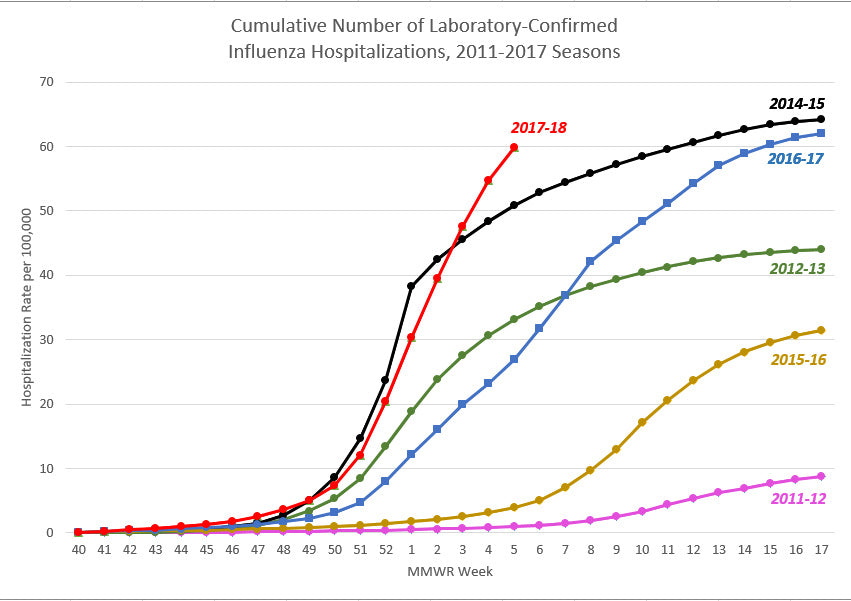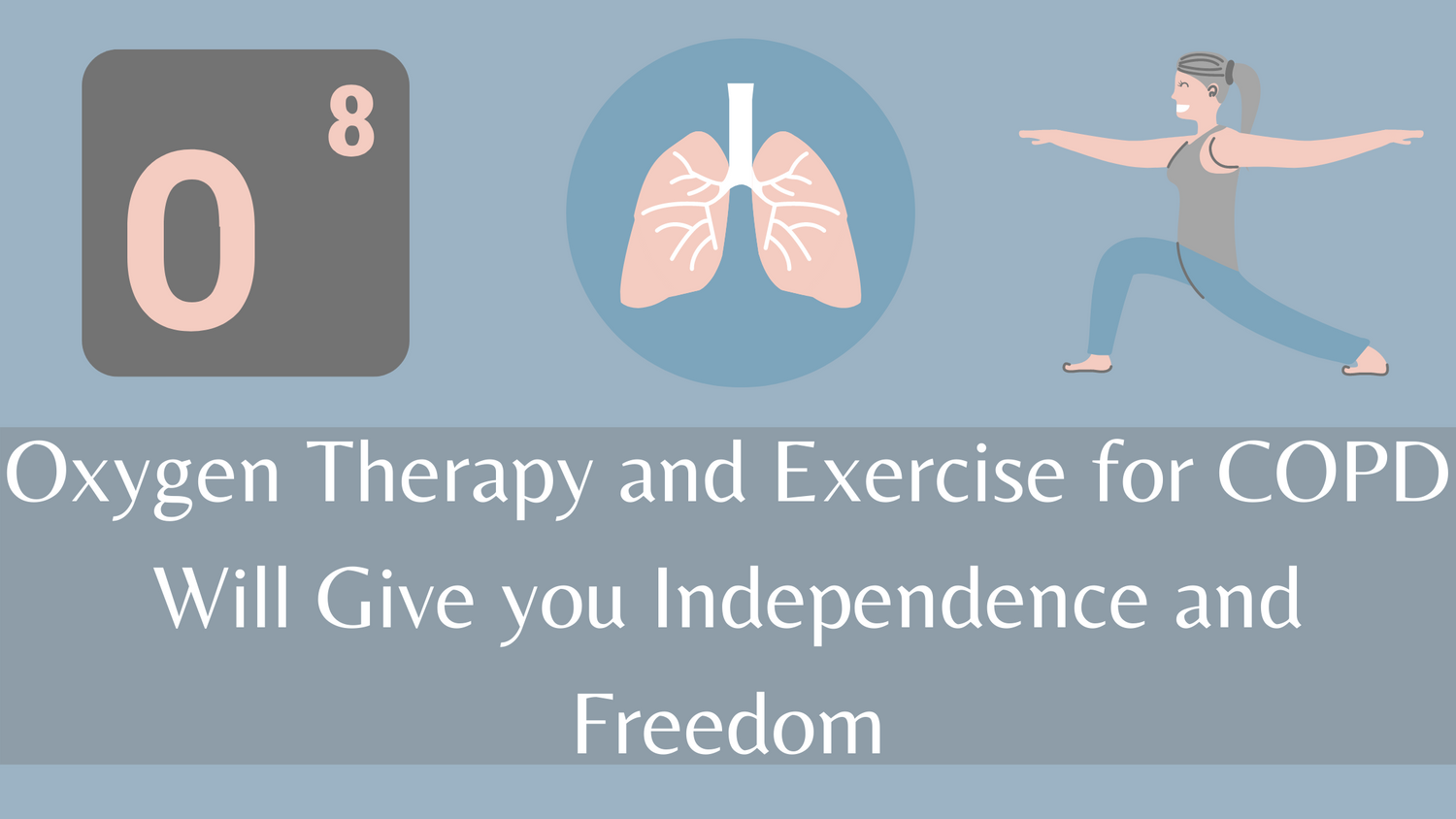Respiratory Resource Center - LPT Medical
How Cleaning Products Are Damaging Your Lungs
We've long known that the harsh chemicals found in...
Read MoreAnother Reason to Get Your Flu Shot: It Could Mean Life or Death for Someone with COPD
Influenza—also known as the flu—is one of the most...
Read MoreOxygen Therapy and Exercise for COPD Will Give you Independence and Freedom
COPD is an invasive disease and living with...
Read More


